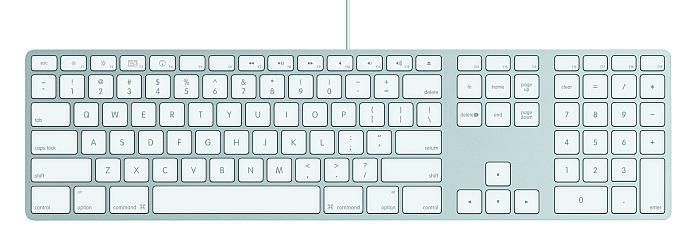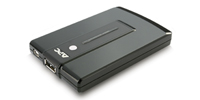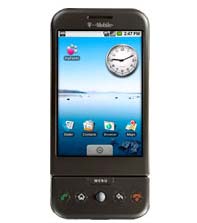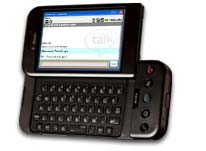It’s not a secret that I’m a keyboard snob. I’m picky with mice, but I’m clearly a keyboard snob. To give some background I once swapped the keyboard of a brand new laptop (1 week old) for the exact same keyboard manufactured by a different supplier for IBM/Lenovo because of the spring quality. Only then was the Thinkpad T43 keyboard acceptable to me. I actually found it better than the Thinkpad A31 after the swap.
I hate most keyboards that I’ve ever used. Given how much time I spend using them, I think my snobbery is justified.
Current Setup
I’ve flirted with the idea of replacing my Logitech Cordless Navigator Duo since 2006 and have yet to execute. I like this keyboard as far as the feel goes. Good spacing, great action, I can get pretty good speed/accuracy on this thing. It’s also quite comfortable despite being a little thick. However the wireless is occasionally flaky especially using a KVM. The software for “features” is crap to say the least and unusable. Now the wrist rest is cracking and creaky. To solve the battery eating problem I’ve been using rechargeable batteries, which have made it much more practical to use since the mouse is insane. The whole setup is approaching replacement time. I’ve had the same keyboard and mouse since 2003. Before anyone asks, the labels on all keys are visible, and slight wear on the space bar. The paint on the mouse is flaking a little.
I have an Apple Extended Keyboard II (M2980) stored away since I’ve always felt that was a great keyboard (second to an IBM Model M) and want to keep the option to go back to it in the future.
I’ve considered a Model M via Unicomp who now owns the design, but it wouldn’t be a daily keyboard since the noise isn’t always desirable. It’s more like the impractical garaged car you’d take out on nice weekends for a drive. I haven’t ruled this out.
I’ve also considered a Matias Tactile Pro 3 but I just wasn’t sold on it.
The Next Generation

I’m leaning towards the lesser known Apple Keyboard with Numeric Keypad. It’s actually offered as an option when ordering the iMac or Mac Pro and available separately. I like the newer MacBook Pro keyboard design, despite its odd appearance. The thing I never quite liked about laptop keyboards in general is the spacing, which this fixes. I really don’t mind the low key-travel design as I find it increases typing speed. Another thing I really like about this design is that it’s mostly closed, so it’s much cleaner and less prone to dust. One thing I don’t like is that it’s not very serviceable should it need cleaning (welds vs screws). The keyboard is wired, so the wireless crap is no longer an issue and KVM compatibility is much easier.
It’s a slight gamble since it’s a very different keyboard design, but it’s not that expensive and I’m pretty sure it will work out.
The big question becomes what to do about the mouse. The best I’ve seen so far in the corded mouse market is the Logitech M500, which I’m still not ecstatic about. I’d like something heavier, and ideally more than 1000 dpi. I’ve also read that the glide pads are prone to coming off. The G500 and G9x gaming mice offer the weight and higher resolution, but I’m not into the design of the mouse itself. The Performance Mouse MX seems nice and reminiscent of the discontinued MX Revolution, which was a nice weight… but it’s wireless, which means it’s not in the running.
Before anyone mentions the Apple Magic Mouse let me note it’s Bluetooth and must be paired with the computer, and is not usable with a KVM switch, which I’m not willing to give up.
Microsoft has lots of mice in their lineup, but not one that actually seems nice to me. I’ve never liked the design of their keyboards/mice. They always had this cheap plastic feel to them.
Photo copyright Apple Inc.

 Recently I ordered an APC USB Mobile Power Pack (
Recently I ordered an APC USB Mobile Power Pack ( So the infamous Google Phone aka gPhone is finally out. The big news is that it is the first to run Android, which I shared my thoughts on a few months ago. Now that the press has been all over it, here are my observations:
So the infamous Google Phone aka gPhone is finally out. The big news is that it is the first to run Android, which I shared my thoughts on a few months ago. Now that the press has been all over it, here are my observations: Having a keyboard is nice. Totally not worth the size though. USB adapter for a headphone jack? It’s 2008, that’s not acceptable. No multitouch? Come on. It does have a Qualcomm
Having a keyboard is nice. Totally not worth the size though. USB adapter for a headphone jack? It’s 2008, that’s not acceptable. No multitouch? Come on. It does have a Qualcomm